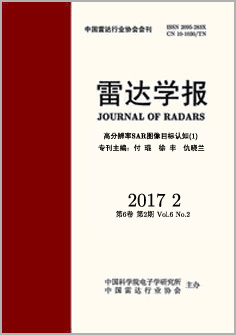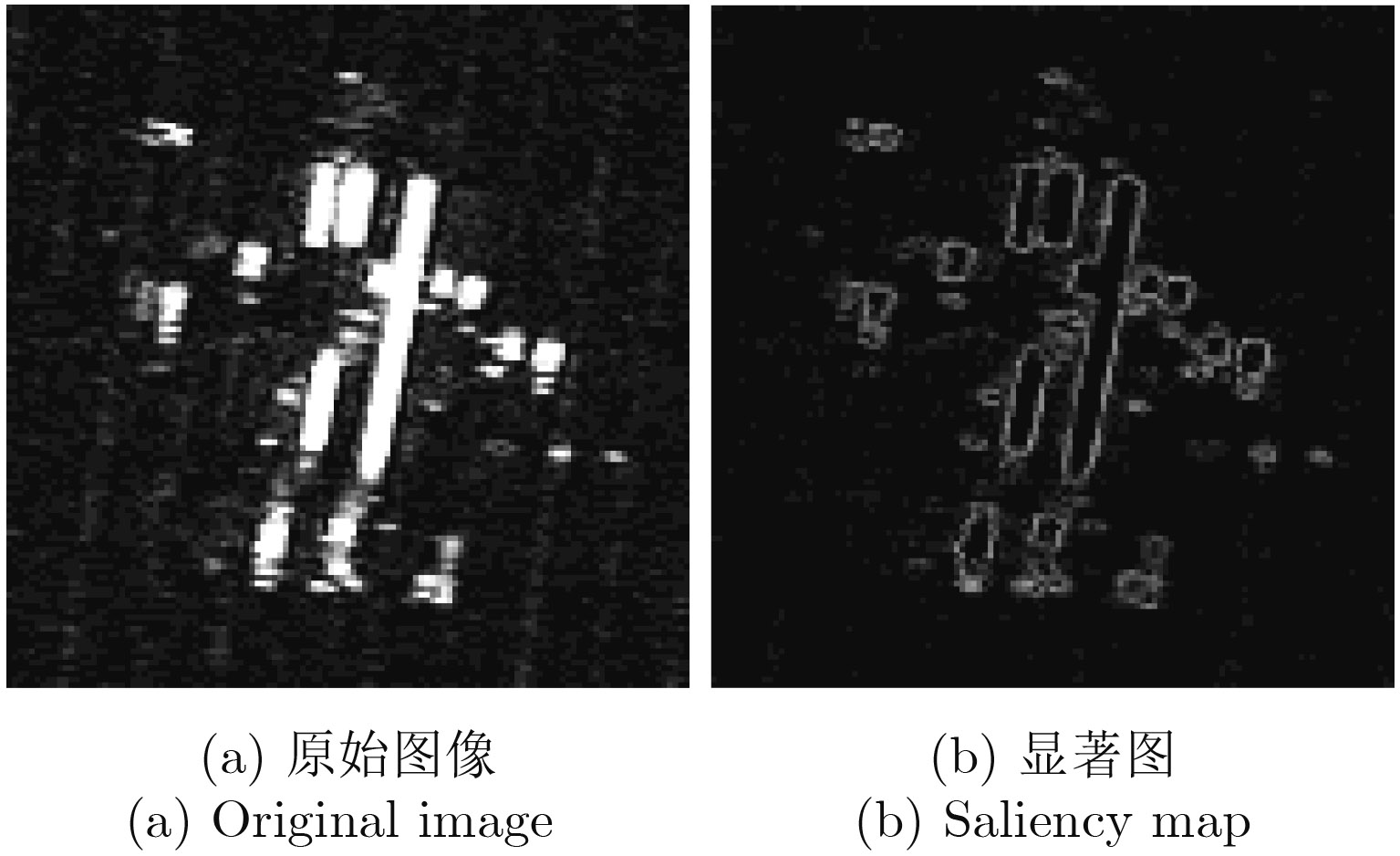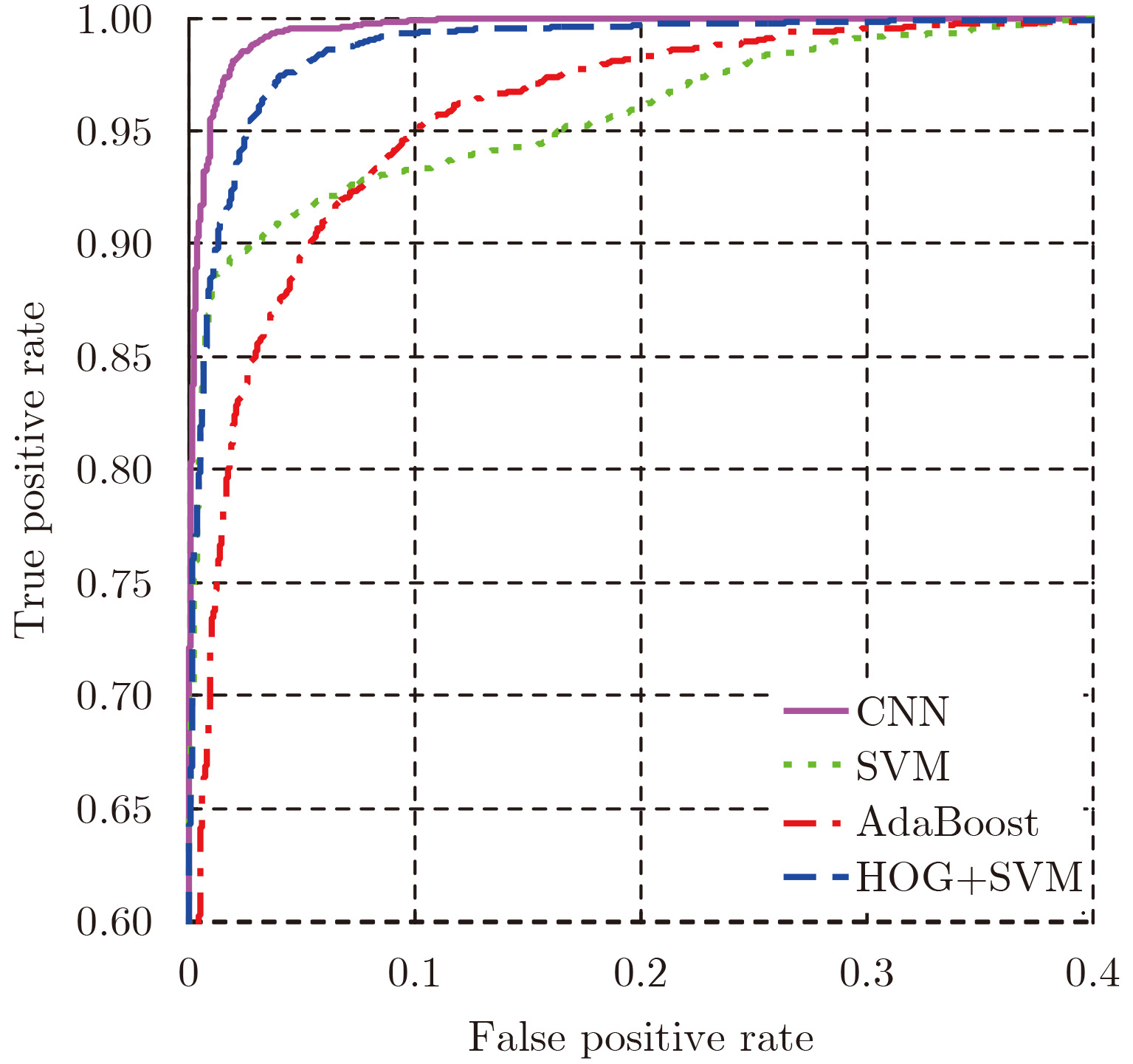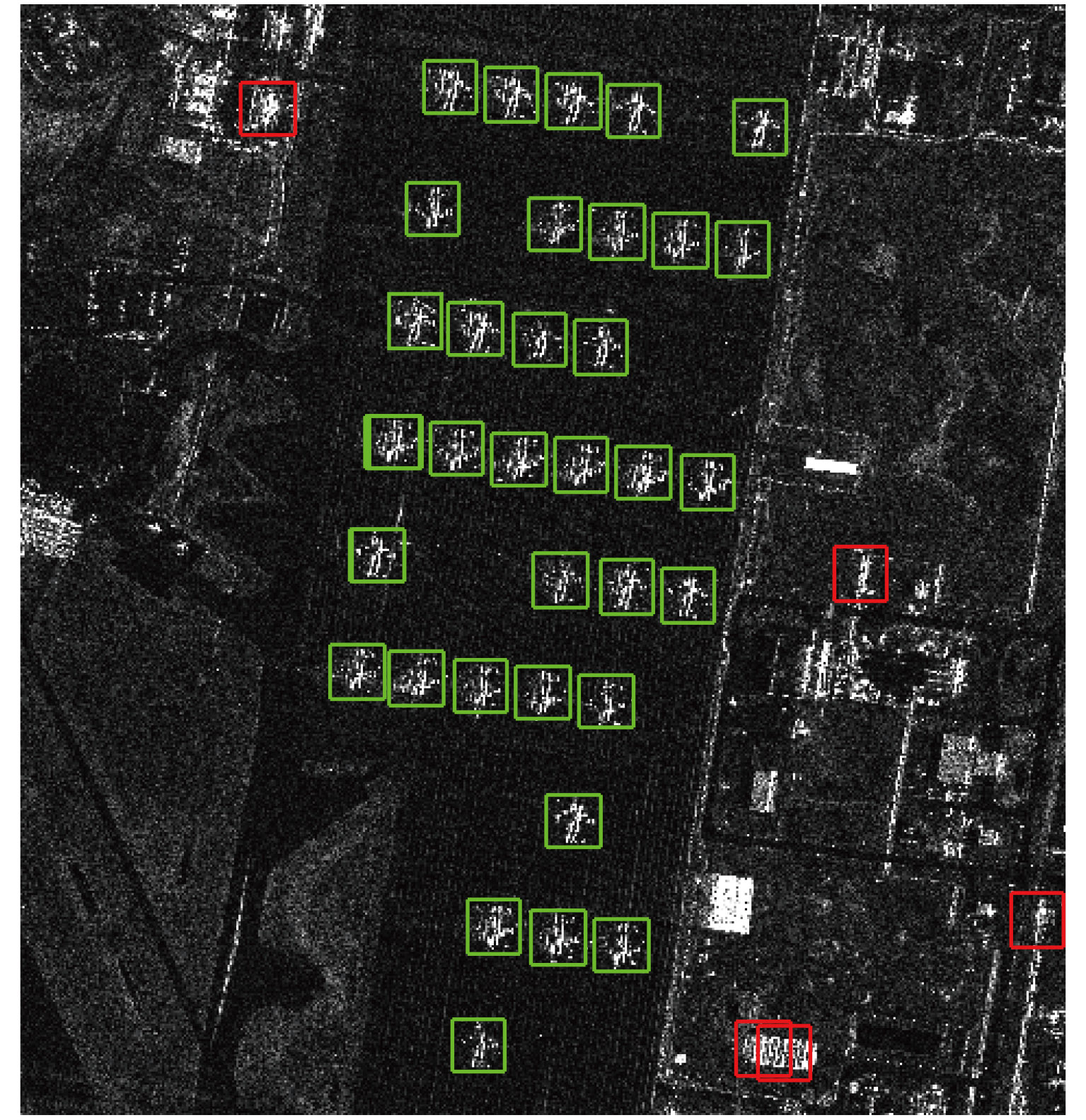| [1] |
El-Darymli K, McGuire P, Power D, et al. Target detection in synthetic aperture radar imagery: A state-of-the-art survey[J]. Journal of Applied Remote Sensing, 2013, 7(1): 071598. doi: 10.1117/1.JRS.7.071598 |
| [2] |
Steenson B O. Detection performance of a mean-level threshold[J].IEEE Transactions on Aerospace and Electronic Systems, 1968, 4(4): 529–534.
|
| [3] |
Gandhi P P and Kassam S A. Analysis of CFAR processors in homogeneous background[J]. IEEE Transactions on Aerospace and Electronic Systems, 1988, 24(4): 427–445. doi: 10.1109/7.7185 |
| [4] |
Novak L M and Hesse S R. On the performance of order-statistics CFAR detectors[C]. IEEE 25th Asilomar Conference on Signals, Systems and Computers, Pacific Grove, California, USA, Nov. 1991: 835–840.
|
| [5] |
Smith M E and Varshney P K. VI-CFAR: A novel CFAR algorithm based on data variability[C]. IEEE National Radar Conference, Syracuse, NY, May 1997: 263–268.
|
| [6] |
Ai Jia-qiu, Qi Xiang-yang, Yu Wei-dong, et al. A new CFAR ship detection algorithm based on 2-D joint log-normal distribution in SAR images[J]. IEEE Geoscience and Remote Sensing Letters, 2010, 7(4): 806–810. doi: 10.1109/LGRS.2010.2048697 |
| [7] |
di Bisceglie M and Galdi C. CFAR detection of extended objects in high-resolution SAR images[J]. IEEE Transactions on Geoscience and Remote Sensing, 2005, 43(4): 833–843. doi: 10.1109/TGRS.2004.843190 |
| [8] |
Jung C H, Kwag Y K, and Song W Y. CFAR detection algorithm for ground target in heterogeneous clutter using high resolution SAR image[C]. 3rd International Asia-Pacific Conference on Synthetic Aperture Radar (APSAR), Seoul, South Korea, Sep. 2011: 1–4.
|
| [9] |
Olson C F and Huttenlocher D P. Automatic target recognition by matching oriented edge pixels[J]. IEEE Transactions on Image Processing, 1997, 6(1): 103–113. doi: 10.1109/83.552100 |
| [10] |
Kaplan L M. Improved SAR target detection via extended fractal features[J]. IEEE Transactions on Aerospace and Electronic Systems, 2001, 37(2): 436–451. doi: 10.1109/7.937460 |
| [11] |
Sandirasegaram N M. Spot SAR ATR using wavelet features and neural network classifier[R]. Defence Research and Development Canada Ottawa (Ontario), 2005.
|
| [12] |
Tan Yi-hua, Li Qing-yun, Li Yan-sheng, et al. Aircraft detection in high-resolution SAR images based on a gradient textural saliency map[J]. Sensors, 2015, 15(9): 23071–23094. doi: 10.3390/s150923071 |
| [13] |
Jao J K, Lee C E, and Ayasli S. Coherent spatial filtering for SAR detection of stationary targets[J]. IEEE Transactions on Aerospace and Electronic Systems, 1999, 35(2): 614–626. doi: 10.1109/7.766942 |
| [14] |
Zhao Q and Principe J C. Support vector machines for SAR automatic target recognition[J]. IEEE Transactions on Aerospace and Electronic Systems, 2001, 37(2): 643–654. doi: 10.1109/7.937475 |
| [15] |
Sun Yi-jun, Liu Zhi-peng, Todorovic S, et al. Adaptive boosting for SAR automatic target recognition[J]. IEEE Transactions on Aerospace and Electronic Systems, 2007, 43(1): 112–125. doi: 10.1109/TAES.2007.357120 |
| [16] |
Keydel E R, Lee S W, and Moore J T. MSTAR extended operating conditions: A tutorial[C]. Proc. SPIE 2757, Algorithms for Synthetic Aperture Radar Imagery III, Orlando, FL, Apr. 1996: 228–242.
|
| [17] |
Krizhevsky A, Sutskever I, and Hinton G E. ImageNet classification with deep convolutional neural networks[C]. International Conference on Neural Information Processing Systems, South Lake Tahoe, Nevada, USA, Dec. 2012: 1097–1105.
|
| [18] |
Ding Jun, Chen Bo, Liu Hong-wei, et al. Convolutional neural network with data augmentation for SAR target recognition[J].IEEE Geoscience and Remote Sensing Letters, 2016, 13(3): 364–368.
|
| [19] |
Chen Si-zhe, Wang Hai-peng, Xu Feng, et al. Target classification using the deep convolutional networks for SAR images[J]. IEEE Transactions on Geoscience and Remote Sensing, 2016, 54(8): 4806–4817. doi: 10.1109/TGRS.2016.2551720 |
| [20] |
Diao Wen-hui, Sun Xian, Zheng Xin-wei, et al. Efficient saliency-based object detection in remote sensing images using deep belief networks[J]. IEEE Geoscience and Remote Sensing Letters, 2016, 13(2): 137–141. doi: 10.1109/LGRS.2015.2498644 |
| [21] |
Chen Jie-hong, Zhang Bo, and Wang Chao. Backscattering feature analysis and recognition of civilian aircraft in TerraSAR-X images[J]. IEEE Geoscience and Remote Sensing Letters, 2015, 12(4): 796–800. doi: 10.1109/LGRS.2014.2362845 |
| [22] |
Srivastava N, Hinton G, Krizhevsky A, et al. Dropout: A simple way to prevent neural networks from overfitting[J].The Journal of Machine Learning Research, 2014, 15(1): 1929–1958.
|
| [23] |
Glorot X, Bordes A, and Bengio Y. Deep sparse rectifier neural networks[C]. 14th International Conference on Artificial Intelligence and Statistics, Fort Lauderdale, FL, USA, 2011: 315–323.
|
| [24] |
Qian Ning. On the momentum term in gradient descent learning algorithms[J]. Neural Networks, 1999, 12(1): 145–151. doi: 10.1016/S0893-6080(98)00116-6 |




 Submit Manuscript
Submit Manuscript Peer Review
Peer Review Editor Work
Editor Work





 DownLoad:
DownLoad:







